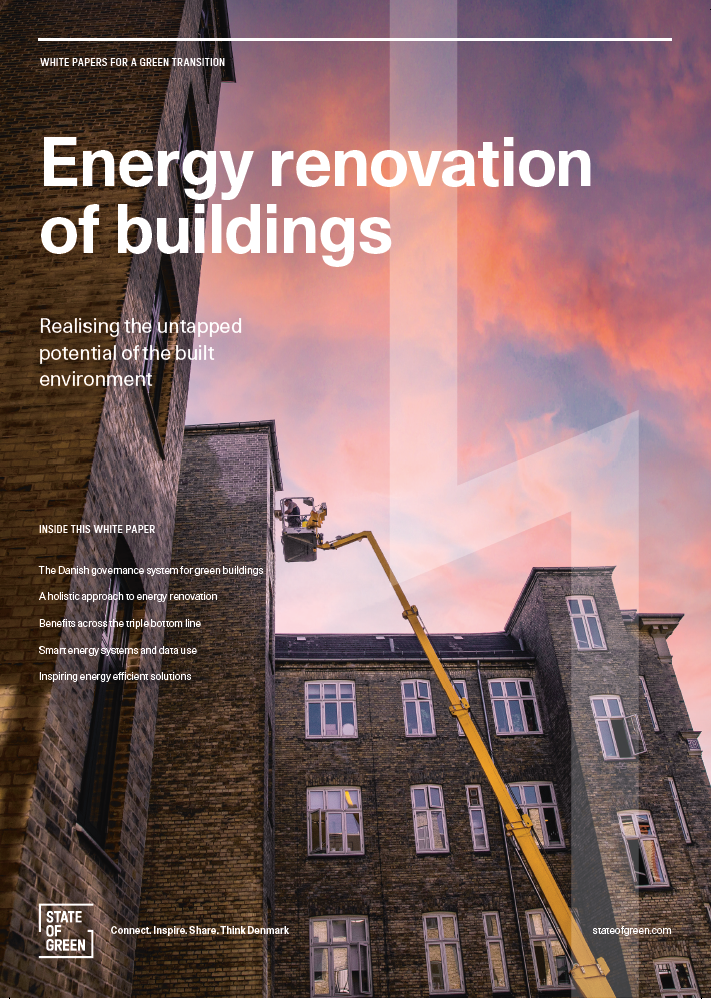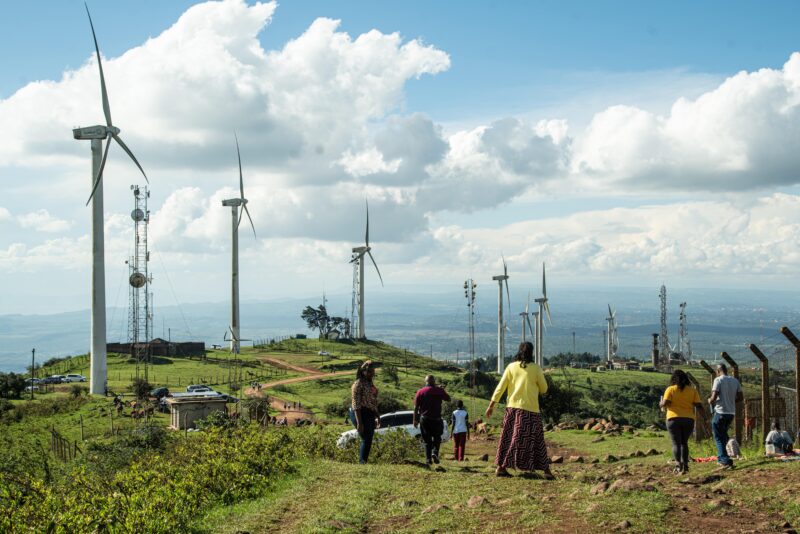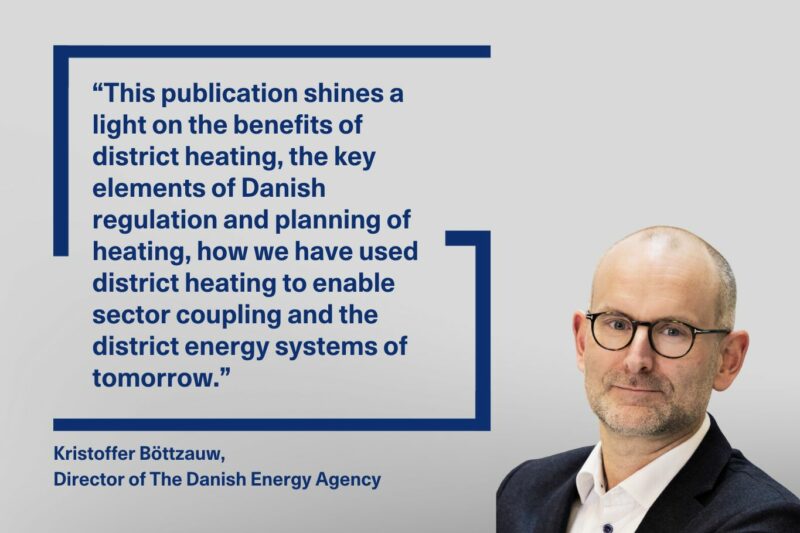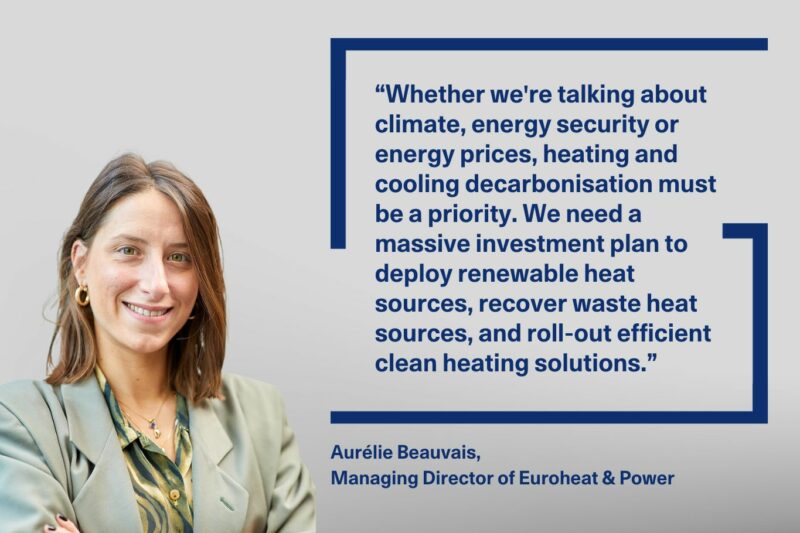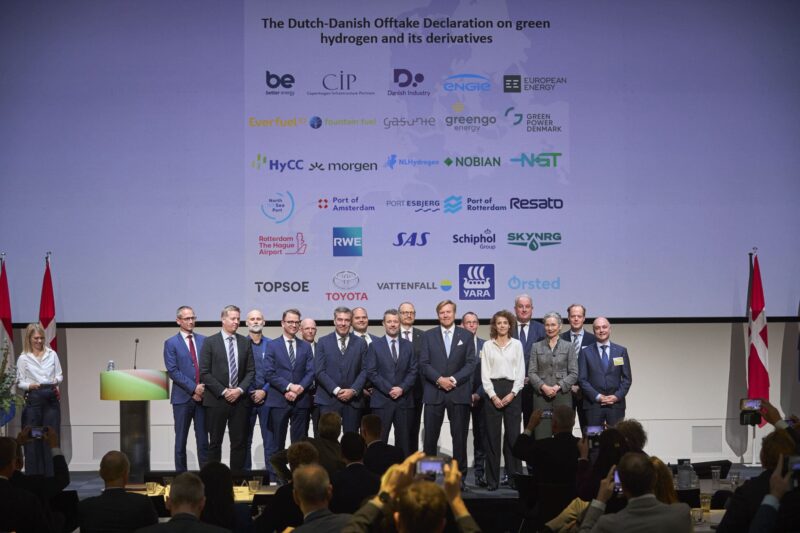Energy efficient buildings is key to reaching Europe’s climate goals
Buildings are the single largest energy consumer in Europe.
As of today, buildings account for around 50 percent of EU member states’ total energy consumption, posing a significant obstacle to achieving the EU’s ambitions of becoming climate-neutral by 2050.
The new directive mandates zero emissions for all new buildings by 2030, with public buildings required to comply by 2028. Emission calculations must consider the entire life cycle of building materials.
Also read: The Danish approach: Six ways to accelerate energy efficiency in buildings
The directive also states that member states must reduce average primary energy use in residential buildings by 16 percent by 2030 and 20-22 percent by 2035. The directive mandates renovating the least efficient 16 percent of non-residential buildings by 2030 and the worst 26 percent by 2033. Solar installations must be deployed in public and non-residential buildings by 2030 and integrated into all new residential buildings.
Lastly, states must present strategies for decarbonising heating systems, aiming to eliminate fossil fuel use in heating and cooling by 2040. Subsidies for stand-alone fossil fuel boilers will be prohibited from 2025, but incentives for hybrid systems will continue.
To read the official press release, visit: Energy efficiency of buildings: MEPs adopt plans to decarbonise the sector



